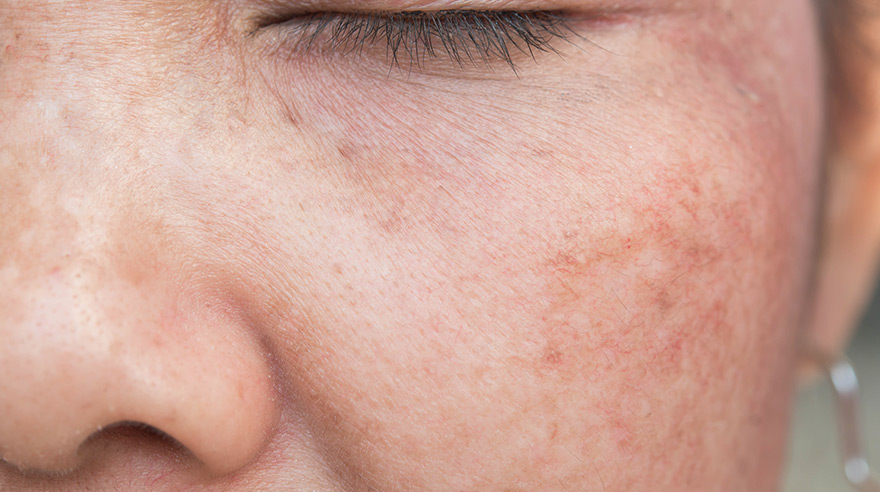What is it?
Sun damaged skin, as the name suggest, occurs as a result of excessive sun and UV exposure over time. Also known as photoaging or photodamage, sun damaged skin can result in several changes in the skin’s appearance, including:
- Veins on the face
- Loss of skin elasticity
- Fine lines and wrinkles
- Pigment changes
- Uneven skin tone
- Thinning of skin
- White spots, or scaly red spots on skin
- Freckles and sun spots
Sun damage is often caused by the UV component in sunlight, and while the damage to the DNA due to it cannot be completely reversed, the various effects of sun damage can be reduced to bring the skin back to its brighter self.
How is it treated?
Sun damaged skin can be treated in various ways including retinoid application, chemical peels, laser treatments, dermabrasion, etc. A proper consultation with the doctor can help you identify the best suited treatment for your case. It is imperative to note that a proper consultation would be needed to help identify your concerns and propose the right treatment.
What are the Pre- and Post-procedure steps for Sun damaged skin treatment?
Depending on the type of treatment opted for you, the doctor will suggest steps to follow before and after the treatment. It is imperative to follow these steps as it will ensure a smooth treatment session as well as a speedy and effective recovery.







